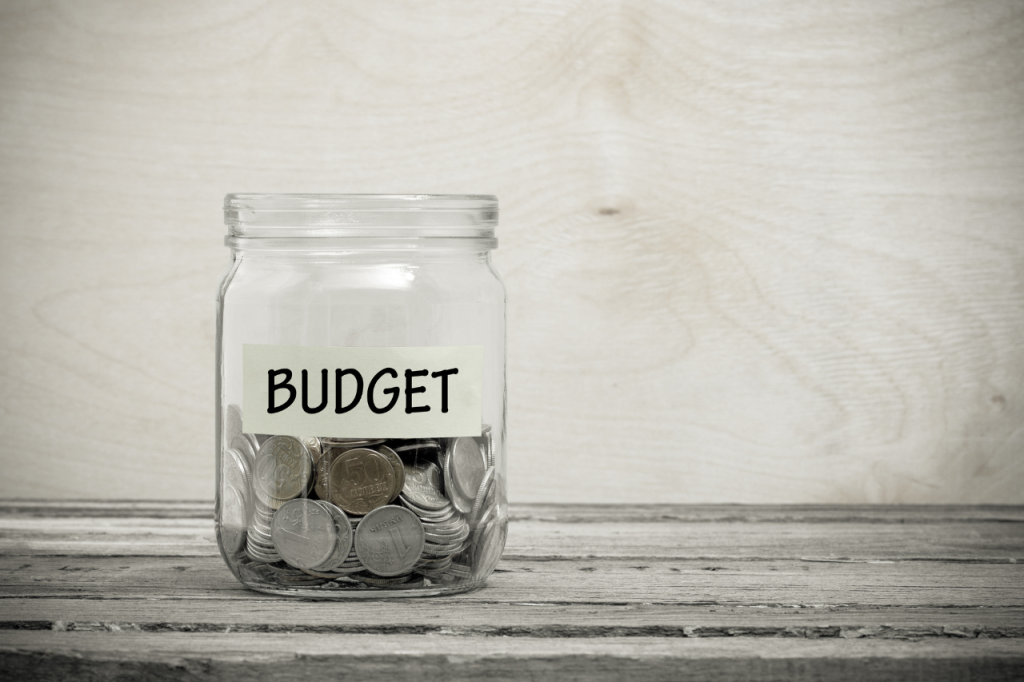
Budgeting on one Income: Tips for Couples Living on One Income

Share:
When you become a single-income family, budgeting on one income can seem daunting. The critical thing to remember is that budgeting for a family with one income has its own unique benefits and advantages. With careful planning and budgeting strategies, single-income households can create a budget that works for them without sacrificing their lifestyle or goals. In this article, we’ll discuss budgeting tips and techniques for single-income families, as well as the benefits of budgeting on one income.
What does “living on one income” mean?
Living on one income simply means budgeting and managing your household finances with only one source of income. This could mean budgeting while the other partner stays home to care for children, budgeting on a single salary while saving for retirement or college tuition, or budgeting in any situation where there is only one main source of income.
Key Takeaways
– Plan budgeting around your financial goals: One of the first steps in budgeting on one income is to create a budget that is tailored to your family’s specific goals. Whether you’re saving for retirement, buying a home, or planning for college tuition, budgeting for one income should be built around these long-term objectives.
– Look for budgeting opportunities: There are budgeting benefits to living on one income. One of the biggest advantages is that budgeting for one income often leads to creative ways to save money. From taking advantage of sales and discounts to finding cost effective ways to entertain the family, single-income households can find budgeting opportunities in unexpected places.
– Be flexible and proactive: One of the challenges of budgeting on one income is that it can be difficult to budget for unexpected expenses or emergencies. To budget for these, single-income households should be prepared to adjust their budget as needed, and proactively plan for future financial goals.
Key Benefits of Budgeting on One Income
When budgeting on one income, there are several key advantages to consider:
1. Increased Savings Opportunities – Single-income households have the opportunity to save more money than households with two incomes. With budgeting and careful financial planning, single-income families can benefit from increased savings opportunities.
2. Lowered Living Costs – When budgeting on one income, living costs can be lowered significantly if done correctly. By budgeting carefully and shopping around for the best deals, single-income households can save money by taking advantage of budget-friendly options.
3. Increased Financial Stability – A single-income budget can help to create financial stability by ensuring that all expenses are covered and budgeted for in advance. This allows families to plan ahead, knowing that their finances are under control.
What are the disadvantages of single-income budgeting?
Though budgeting on one income can be a great way to save and plan for the future, there are a few disadvantages that should be considered. These include:
1. Limited Financial Resources – With one income, families may have difficulty making ends meet and may find it difficult to cover large expenses, such as down payments on a home.
2. Difficult Planning – Single-income budgeting requires careful planning and budgeting skills to ensure that expenses are covered appropriately. This can be challenging for families who are not used to budgeting or financial planning.
3. Potential Financial Strain – With one income, budgeting mistakes or unexpected expenses can cause financial strain, which can be difficult to recover from.

Budgeting Tips for Single-Income Households
Budgeting on one income doesn’t have to be difficult or overwhelming. Here are a few budgeting tips to help single-income households budget effectively:
1. Make a budget – To budget for a single-income household, start by making an accurate budget that includes all of your necessary expenses and financial goals. This will help you stay on track and budget effectively.
2. Track your spending – Keeping track of your expenses is key to budgeting for single-income households. Be sure to keep a record of all transactions and analyze where you can cut back or save money.
3. Create an emergency fund – Having an emergency fund can help single-income households budget for unexpected expenses. Aim to save a certain amount each month to create an emergency fund that can be used if needed.
4. Utilize budgeting tools – Using budgeting apps and other budgeting tools can help single-income households budget more effectively. These tools make it easier to track spending, plan ahead, and keep your budget on track.
What is single income vs dual income?
Single-income households have one primary income source, while dual-income households have two separate and distinct income sources. Single-income households are typically seen as budgeting on a tighter budget than dual-income households, however, with careful budgeting and planning, single-income families can make ends meet without sacrificing their budget goals or lifestyle.
What is the 70-20 10 budget rule?
The 70-20-10 budget rule is a budgeting strategy for single-income households that involves allocating 70% of your budget to essential expenses, 20% to financial goals, and 10% to flexible spending. This budget strategy allows single-income families to budget effectively and prioritize their finances while still allowing room for flexibility in their budget.
What is the 50-30-20 budget rule?
The 50-30-20 budget rule is another budgeting strategy for single-income households. With this budget rule, families budget by allocating 50% of their budget to essential expenses, 30% to flexible spending and savings, and 20% to financial goals. This budget strategy allows single-income households to prioritize their basic needs while still having room for savings and flexible spending.
What is the 40 20 10 rule?
The 40-20-10 budget rule is a budgeting strategy for single-income households with the goal of budgeting responsibly. This budget strategy allocates 40% of your budget to essential expenses, 20% to financial goals and investments, and 10% to flexible spending.
What is the typical budget for a single person?
The budget for a single person varies depending on their income and expenses. Generally, budgeting for a single person involves allocating 50-60% of their budget to essential living expenses such as rent, groceries, utilities, and transportation. The remaining budget can then be allocated to discretionary spending, savings, debt repayment, and other financial goals. It is important for single people to budget carefully and ensure that their budget can cover all of their essential expenses and allow them some room for savings and financial goals.
Regardless of budget size, budgeting is an important skill for single-income households. With careful budgeting, single-income families can find ways to save money, increase financial stability, and reach their financial goals. With the right budgeting strategy and budgeting tools, single-income households can ensure that their budget is working for them.
Conclusion
Budgeting for single-income households can seem intimidating, but with the right budgeting tips and strategies, budgeting on one income is manageable and even beneficial. By taking advantage of budgeting opportunities, single-income households can save money, stay financially stable, and create a budget that works for them. With careful budgeting, single-income households can budget effectively and achieve their financial goals.
Most Popular


What is Coffee Bloom and why does it happen?

20 Best Books Made Into Movies And TV Shows

Money Matters: 19 Best Personal Finance Books
Subscribe To Our Weekly Newsletter
Categories
Related Posts

Money Matters: 19 Best Personal Finance Books
Share: Financial planning is a key element of financial success. It can help you secure your financial future and meet any financial goals you may have. Whether you’re looking to

How to Manage Your Money: Transform Your Finances
Share: Taking control of your finances is the first step to better money management. Whether it’s tracking how much you’re spending, setting up a budget or getting organized with your

Unsecured Personal Loans: Key Considerations
Share: If you’re in need of funds but don’t have any assets to use as collateral, an unsecured loan may be the right solution for you. Unsecured loans are financial

Mastering Credit Inquiries
Share: A credit inquiry is an assessment of an individual’s creditworthiness and is typically conducted by a credit grantor, such as a bank, credit card company, or lender. The inquiry

What is a Loan: Navigating Loan Basics
Share: What is a Loan? A loan is a sum of money borrowed by an individual or organization from another party. The borrower must then repay the full amount, plus

Jumpstart Your Business with Grants
Share: If you are thinking about starting a small business, one of the first things you need to do is research the various business start-up grants that may be available

Tips for Successful Loan Applications
Share: Applying for a loan can be a daunting task, but with a little preparation and knowledge, it can be a relatively easy process. There are a few things you’ll

Home Renovation Financing Solutions
Share: What is a home renovation loan? A home renovation loan is a loan used to finance home renovations. Homeowners can use home renovation loans for a variety of purposes,
